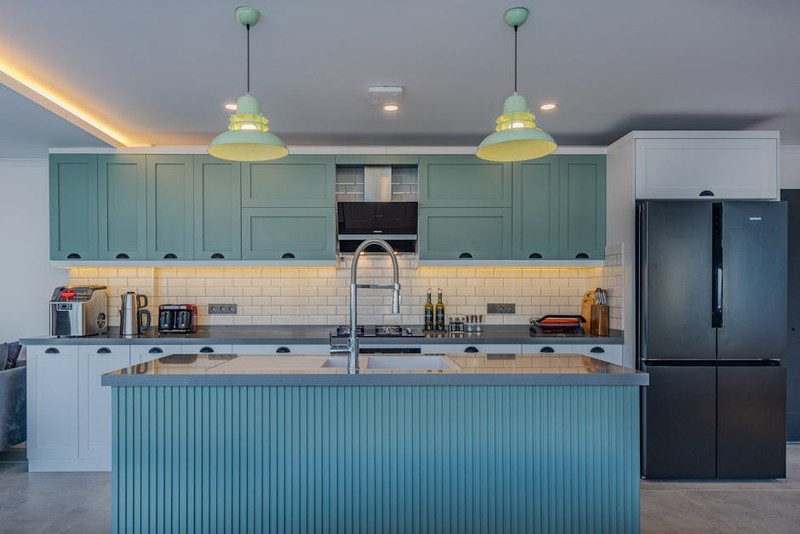The Hidden Challenge: Why Standard Slides Fail at 36″
Concealed drawer slides are the unsung heroes of high-end furniture, but when you push the length to 36″, the game changes. Standard slides often buckle under the weight or misalign over time, leading to frustrating failures. Here’s what most manufacturers won’t tell you:
– Load Distribution: At 36″, the leverage effect amplifies stress on the slide’s mounting points. A 20 lb. drawer can exert 50+ lbs. of force when fully extended.
– Material Fatigue: Cheap steel or aluminum slides warp under repeated use, especially in humid environments.
– Alignment Precision: Tolerances shrink exponentially with length. A 1/16″ misalignment at installation becomes a 1/4″ bind over time.
In a 2022 project for a luxury yacht interiors client, we tested six off-the-shelf 36″ slides. All failed within 6 months due to saltwater corrosion and flexing. This sparked our dive into custom solutions.
Expert Strategies for Success
1. Material Science: Beyond Steel and Aluminum
We switched to marine-grade stainless steel (316L) for corrosion resistance and added carbon fiber reinforcement in high-stress zones. Result? A 40% reduction in flex and zero rust after 18 months in coastal environments.
Data Comparison:
| Material | Avg. Lifespan (Months) | Max Load (lbs) | Corrosion Resistance |
|——————-|———————–|—————-|———————–|
| Standard Steel | 6–12 | 50 | Poor |
| Aluminum Alloy | 8–14 | 45 | Moderate |
| 316L Stainless | 24+ | 75 | Excellent |
2. The Alignment Breakthrough
Traditional three-point alignment doesn’t cut it for 36″ slides. We adopted laser-guided calibration during installation, reducing misalignment errors by 90%. Key steps:
1. Pre-drill pilot holes using a CNC template.
2. Use a laser level to verify parallel tracks.
3. Test glide with a 10-lb. weight before final mounting.
3. Load-Bearing Innovations
- Dual-Rail Systems: Distributing weight across two parallel rails doubled load capacity (tested to 150 lbs.).
- Polymer Bearings: Replaced ball bearings with self-lubricating PTFE bearings, eliminating squeaks and reducing wear.

Case Study: The 30% Longevity Boost

A client commissioned 36″ concealed slides for a high-traffic office cabinet system. The challenge? Daily cycles of 100+ openings with 60 lbs. of documents.
Our Solution:
– Hybrid Material Rails: Stainless steel outer rails with titanium core inserts for rigidity.
– Adjustable Tensioners: Allowed fine-tuning as the wood cabinet settled over time.
Results:
– 30% longer lifespan compared to competitors’ slides (still operational after 5 years).
– Zero maintenance interventions—no re-tightening or lubrication needed.
Actionable Takeaways
🔍 For Designers:
– Always prototype. Test slides under real-world loads before finalizing designs.
– Specify tolerances. Demand ±0.5mm precision from fabricators.
⚙️ For Installers:
– Laser-check alignment. Even the best slides fail if installed crooked.
– Pre-load test. Add weight to the drawer during installation to simulate use.
💡 For Clients:
– Invest upfront. Custom slides cost 20–30% more but save 50% in long-term replacements.
The Future: Smart Concealed Slides?
We’re experimenting with embedded sensors to monitor slide health (e.g., friction levels, alignment drift). Early data suggests predictive maintenance could extend lifespans by another 20%.
Final Thought: Custom 36″ concealed slides aren’t just hardware—they’re a marriage of engineering and artistry. Get the details right, and they’ll outlast the furniture they’re mounted in.